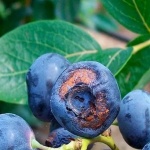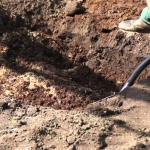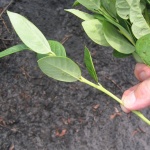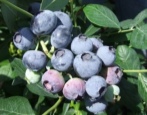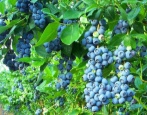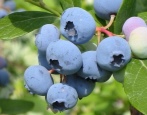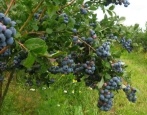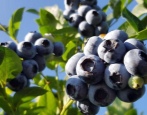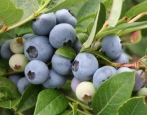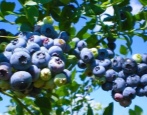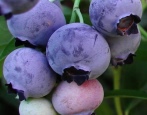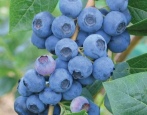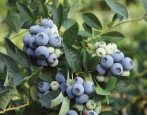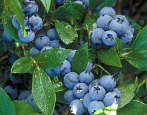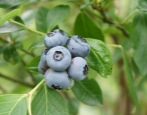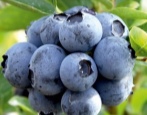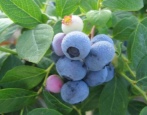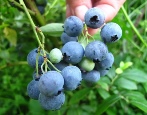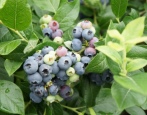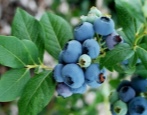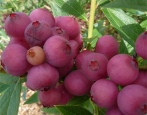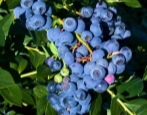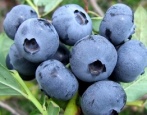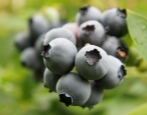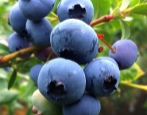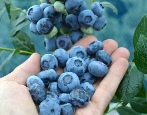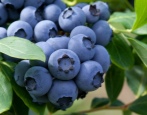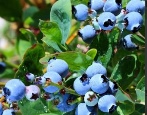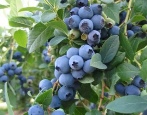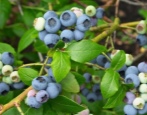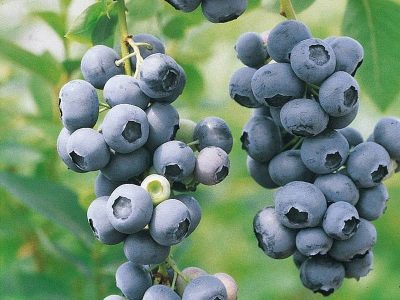
- Ripening terms: mid-early
- Growth type: tall
- Bush height, m: up to 2
- Taste: sweet
- Yield: high
- Fruit size: large
- Fruit shape: flattened
- Fruit color: light blue
- Description of the bush: sprawling
- Appointment: universal
Blueberry Sierra is a fruitful variety with a universal purpose. It is distinguished by abundant fruiting. The species is considered resistant to various diseases and frost. This blueberry is often called Sierra.
Description of the variety
Sierra blueberries are tall. The height of an adult bush can reach 2 meters. Spreading vegetation. Leaf blades are green, large, lanceolate in shape. In the autumn, they acquire a red tint.
The flowers on the bushes are white, small. The form is five-toothed. The corolla is jugular. The stems of this blueberry are stiff and erect. Strong and thick branches grow on the bushes. Pollination of this culture occurs with the help of insects. Mature plants will have a beautiful decorative look.
Fruit characteristics
Ripe blueberries are large in size. The shape is flattened. The color of the fruit is light blue. They have a pleasant aroma. The pulp is juicy. A light bloom can be seen on the surface.
Taste qualities
Ripe blueberries have a sweet taste. It can be consumed raw. And also it is suitable for preparing various sweet dishes and drinks. It is often used to prepare blanks for the winter.
Ripening and fruiting
The Sierra blueberry belongs to the medium early species. The fruiting period is July-August.
Yield
This variety has a high yield level. It will be possible to collect about 3-4 kilograms of fruit from one bush.
Growing and care
These blueberries are best planted in acidic, permeable soils. For such a culture, sunny places may be suitable, but it will grow normally in partial shade. The best option would be low, slightly raised beds. It is possible to plant vegetation on peat-sandy, peat-loamy soils.
After planting, the crop will need moderate watering. One bush should consume an average of 10-20 liters of water per week. Like other varieties, Sierra will need regular loosening and feeding (mineral complex compounds, manure, bird droppings).
And also in the process of growth, the bushes will need weak pruning. Such procedures begin to be carried out from the age of 6. Despite the fact that this species is considered frost-resistant, the culture should still be prepared before the onset of winter. To protect it from freezing, a thick layer of mulch is spread around the bushes.

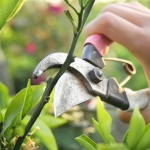
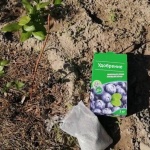
Disease and pest resistance
Sierra is considered resistant to various diseases and pests. But sometimes it is affected by powdery mildew, gray rot, anthracnose and moniliosis. To cure diseased plants, you should immediately use ready-made fungicides.
And also the culture may suffer from septoria, in which a large number of red-brown spots appear on the leaves. Over time, they will begin to brighten. To combat the disease, you can use a solution of Bordeaux mixture, you can also use other ready-made preparations, which contain copper.
Blueberries can also suffer from cancer, which causes red ulcers on the stem. Then, in these places, small tubercles are formed, which merge into a large cancerous spot. Most often, the disease develops in the spring. In order to cure the vegetation, the affected areas are treated with a solution of iron or copper sulfate.
When the bark dies off, blueberries can get sick with cytosporosis. In this case, brown-gray tubercles will form on the stems. These areas will begin to dry out and disintegrate over time. In this case, treatment with iron vitriol will help.
In addition, the May beetle, moth, moth, jaundice and leafworm sometimes settle on such blueberries, all of them suck the juices from healthy plants. At the same time, large insects are removed from the vegetation by hand. After that, the damaged bushes are treated with insecticides. To prevent the appearance of pests, you can use the following drugs: "Fufanon", "Actellik", "Kemifos".
